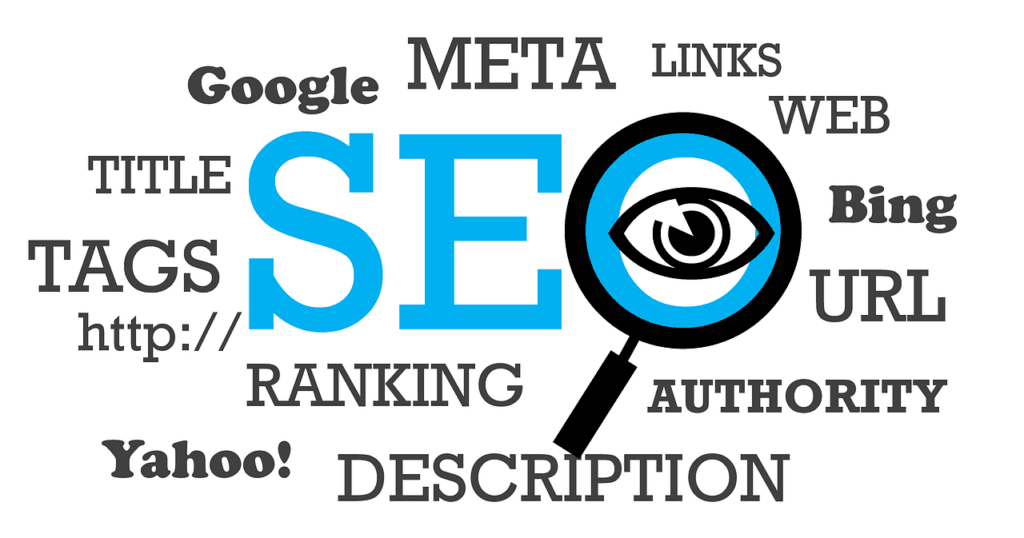In the vast sea of search engine results, standing out is not just an advantage but a necessity. Every piece of content on a webpage, visible or invisible to the casual viewer, plays a pivotal role in SEO. Among these, meta descriptions hold a special place. These concise snippets of text, though not a direct ranking factor, have an indomitable influence on click-through rates. In essence, a well-crafted meta description is your content’s elevator pitch to potential readers browsing through search results. In this article, we unravel the intricate dance between meta descriptions and SEO, guiding you through the art of crafting snippets that are not just SEO-friendly but irresistibly compelling to readers.
The Understated Elegance of Meta Descriptions
Imagine a bookstore where countless books are displayed. Your eyes are scanning through, and it’s the brief yet captivating summary on the back cover that holds your gaze. That’s the role a meta description plays in the digital realm. It’s that succinct, enticing summary that prompts a click, a deeper exploration, amidst the plethora of search results.
The Intersection of SEO and User Engagement
Click-Through Rate Amplification
While meta descriptions don’t directly influence a webpage’s ranking, they significantly impact its click-through rate (CTR). A compelling meta description invites curiosity, prompting users to click and explore further. This increased engagement signals the content’s relevance to search engines, indirectly boosting SEO.
Keyword Integration
Though not a place for stuffing keywords, a meta description enriched with targeted keywords can highlight the content’s relevance to the user’s query. When users see their searched terms highlighted in the description, it underscores relevance and encourages clicks.
Crafting Compelling Meta Descriptions
Creating a meta description that captivates attention and sparks interest requires a blend of creativity, precision, and strategic thinking. Here we delve deeper into the elements that constitute a compelling snippet.
Clarity and Brevity
In the confined space of approximately 155 characters, every word must count. Clarity and brevity are paramount. The goal is to convey the essence of the content in a manner that is succinct yet comprehensive, offering readers a clear glimpse of what to expect.
Action-Oriented Language
Incorporating action verbs can make the meta description dynamic and inviting. It encourages users to take action, be it learning, discovering, or exploring the content further. Phrases like “discover,” “learn,” or “explore” can ignite curiosity and propel clicks.
Personalizing the Appeal
In the crowded space of search results, personalization can be the distinguishing factor that makes your content stand out.
Target Audience Insight
Understanding the target audience and tailoring the meta description to resonate with their interests, needs, and curiosity ensures a personalized appeal. It speaks directly to the reader, creating a connection and inviting engagement.
Value Proposition
Highlighting the unique value that the content offers assures readers of the benefits awaiting them. Whether it’s a solution, insight, or information, showcasing this value in the meta description can significantly enhance its attractiveness.
Technical Aspects
Beyond creativity and engagement, technical precision in crafting meta descriptions ensures they are optimized for search engines and user experience.
Length Optimization
Ensuring the meta description is within the optimal length avoids truncation in search results. A concise, complete message ensures users receive the full context, enhancing the content’s appeal.
Special Characters
While creativity is encouraged, it’s also crucial to avoid non-alphanumeric characters that might not display correctly in search results, ensuring the message is conveyed intact and is universally accessible.
Adapting Meta Descriptions to Different Content Types
Every piece of content, depending on its type and purpose, requires a tailored approach to meta description creation. The snippet that lures a reader into a blog post might differ significantly from what invites a click on a product page or informational article.
Blog Posts
For blog posts, intrigue and curiosity are key. Meta descriptions should hint at the insights and discoveries that await, using engaging language that promises value and enrichment.
Product Pages
For product pages, clarity and specificity reign supreme. Potential customers are looking for precise information, benefits, and reasons why the product meets their needs and desires.
Informational Articles
Here, authority and completeness are attractive. Readers want assurance that they’ll find comprehensive and accurate information. Thus, the meta description should reflect confidence and breadth of content.
Mobile Optimization of Meta Descriptions
With the increasing surge of mobile users, ensuring that meta descriptions are optimized for mobile viewing is no longer optional—it’s essential.
Brevity and Focus
Given the limited display space on mobile devices, concise and focused meta descriptions ensure that the core message is delivered succinctly.
Mobile User Intent
Understanding that mobile users often seek quick information, immediate solutions, or easy-to-navigate content can help in crafting meta descriptions that align with these specific intents.
Measuring and Analyzing Performance
An effective meta description is not set in stone. It should be revisited, measured, and optimized based on performance data.
A/B Testing
Implementing A/B testing to compare different versions of meta descriptions helps identify which one resonates more with the audience, leading to higher click-through rates.
Analytics
Using analytics to track the performance, including CTR and engagement metrics, offers insights that can be used to refine and enhance the meta description’s effectiveness.
Emerging Trends Influencing Meta Descriptions
As the SEO landscape evolves, staying attuned to emerging trends is crucial for ensuring that meta descriptions retain their efficacy and impact.
AI and Machine Learning
Search engines are increasingly leveraging AI and machine learning to enhance search results. Adapting meta descriptions to be more responsive and relevant to these technologies ensures they remain impactful in drawing clicks.
Voice Search Optimization
The rise of voice search necessitates a rethinking of meta description optimization. Natural language, question-based queries, and conversational tones are becoming integral in aligning with voice search trends.
The Future Landscape of Meta Descriptions
While rooted in the current dynamics of SEO and user engagement, the future of meta descriptions is bound to evolve, shaped by technological innovations and changing user behaviors.
Dynamic Adaptation
The advent of dynamic and adaptive content might see meta descriptions that can be tailored in real-time to fit individual user preferences and search histories, making them more personalized and relevant.
Integration with Visual Content
As search engines become more sophisticated in processing visual content, meta descriptions might play a role in providing textual context to visual search results, enhancing relevance and engagement.

Related: Check out our free SEO suite

The Synergy between Meta Descriptions and Title Tags
As we tread deeper into the intricate weave of SEO, the relationship between meta descriptions and title tags unveils itself as a critical partnership that commands attention.
Cohesiveness
Title tags and meta descriptions should work in unison. The title captures attention, and the meta description elaborates, persuades, and compels the click. Ensuring a cohesive message between the two enhances user experience and boosts CTR.
Keyword Harmony
The strategic placement of keywords in both elements can reinforce relevance, making it vital to ensure that keywords are naturally and effectively incorporated in both the title and meta description.
Optimizing Meta Descriptions for Different Search Engines
While Google often takes the center stage in SEO strategies, tailoring meta descriptions to the nuances of other search engines can broaden reach and enhance visibility.
Bing and Yahoo
Understanding the specific algorithms and user behaviors associated with search engines like Bing and Yahoo, and tailoring meta descriptions accordingly, can amplify their effectiveness.
International SEO
For businesses targeting international audiences, adapting meta descriptions to cater to regional search engines and cultural nuances is pivotal in enhancing global reach and engagement.
The Role of Meta Descriptions in Social Media Sharing
Meta descriptions play a significant role when content is shared on social media platforms, influencing user engagement and click-through rates.
Social Snippets
When content is shared, social platforms often pull the meta description to accompany the link. Crafting meta descriptions that are engaging and informative can boost clicks and shares on social media.
Integrating Social Media Insights
Using insights from social media engagement metrics to refine and optimize meta descriptions can lead to enhanced performance, both on social platforms and in search engine results.
Utilizing Tools and Software for Meta Description Optimization
In the realm of SEO, tools and software can offer invaluable insights, automation, and optimization opportunities.
Analytics Tools
Utilizing tools like Google Analytics to track and analyze the performance of meta descriptions in real-time, offering insights for ongoing optimization.
A/B Testing Software
Leveraging software that facilitates A/B testing can help in honing the effectiveness of meta descriptions, ensuring they are optimized for maximum CTR and engagement.
Conclusion
Embarking on this expansive journey through the intricate world of meta descriptions and SEO, we’ve unveiled a landscape where artistry meets strategy, and precision dances with creativity. Each meta description emerges as a canvas where every word paints a picture of the content that lies in wait, compelling, inviting, and promising value.
We navigated through the foundational interplay between SEO and user engagement, unraveling the nuanced art of crafting meta descriptions that sing the unsung melodies of the content they precede. The adaptability of these snippets across diverse content types, their imperative for mobile optimization, and the pivotal insights gleaned from analytics illuminated the path to mastery.
READ NEXT:






















Comments are closed.